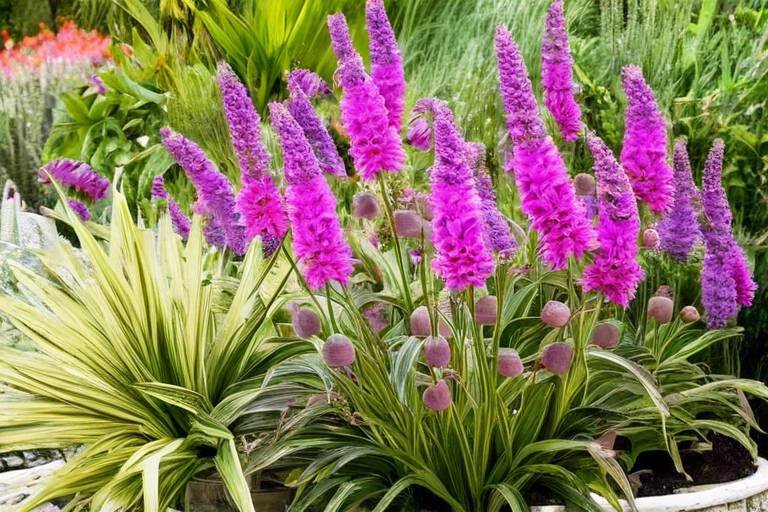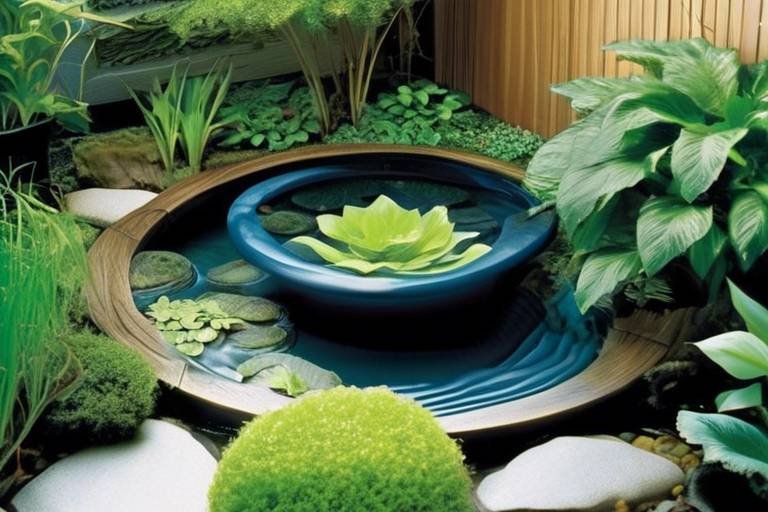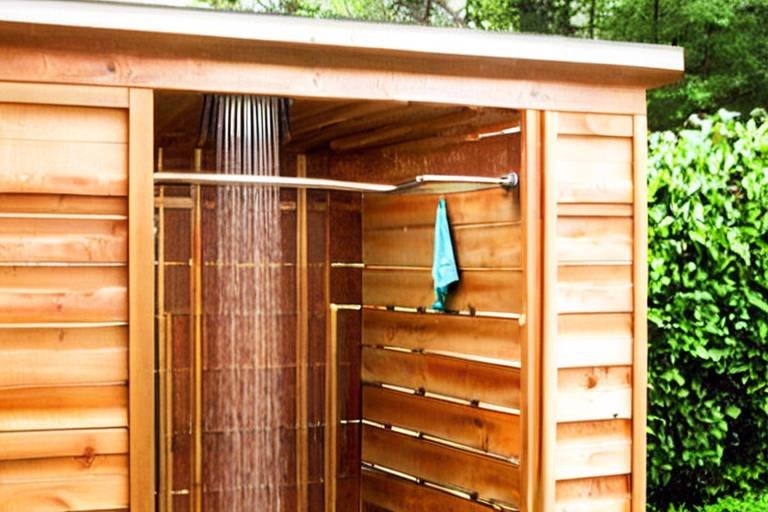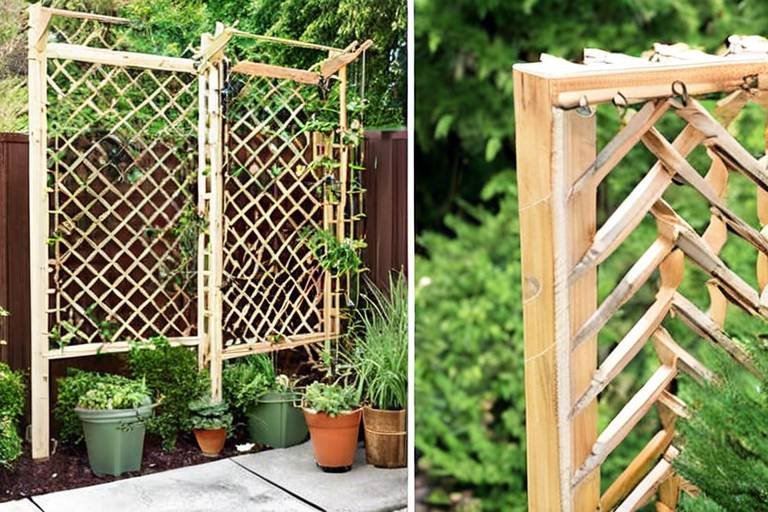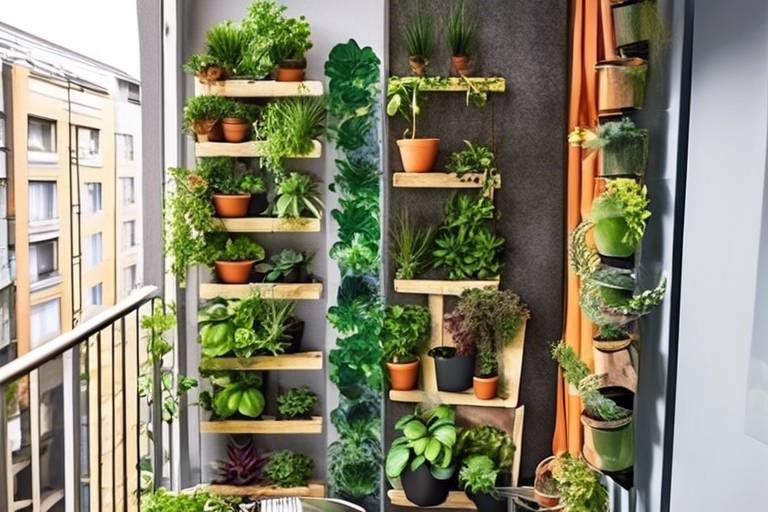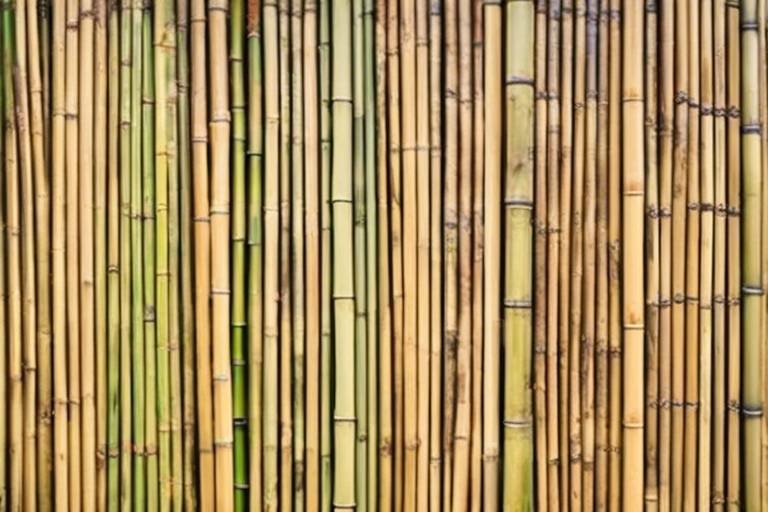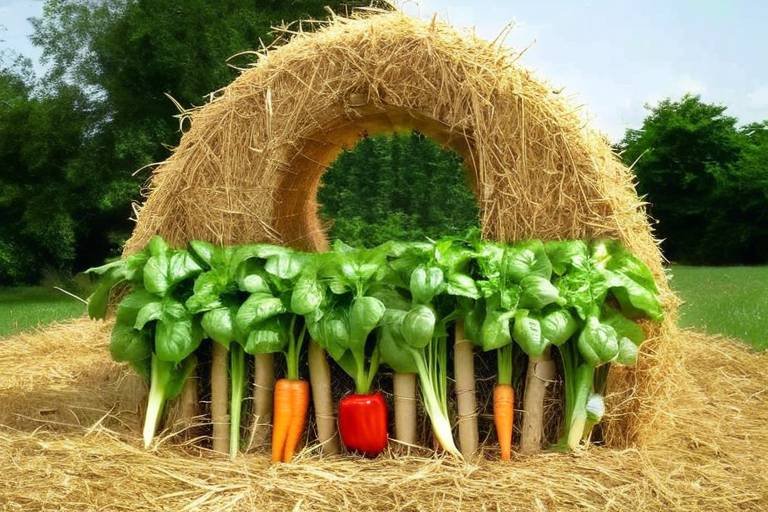How to Create a Bee-Friendly Garden
Creating a bee-friendly garden is not only beneficial for the bees but also for the environment as a whole. By following a few simple steps, you can design a space that attracts and supports bee populations, essential for pollination and biodiversity. Bees play a crucial role in our ecosystem, and by creating a bee-friendly garden, you can contribute to their well-being while enjoying a beautiful and vibrant outdoor space.
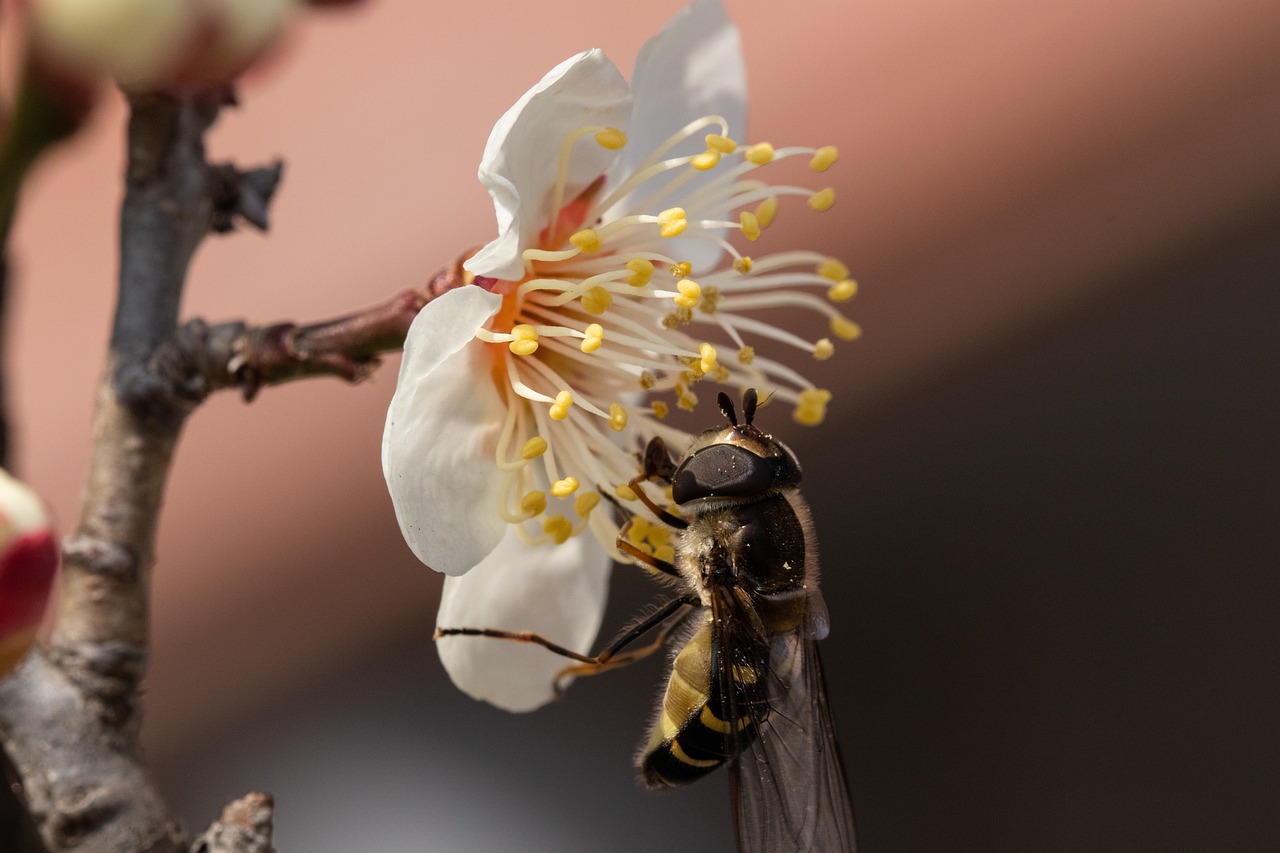
Choose Bee-Friendly Plants
Tips and techniques for designing a garden that attracts and supports bee populations, essential for pollination and biodiversity.
When it comes to creating a bee-friendly garden, selecting the right plants is crucial. Bees rely on flowers, herbs, and shrubs for nectar and pollen, which are their main sources of food. By choosing a variety of bee-friendly plants that bloom at different times throughout the year, you can ensure a continuous food supply for these important pollinators.
One strategy is to plant in clusters, grouping together plants that bees are particularly attracted to. This not only creates a visually appealing garden but also makes it easier for bees to locate and access the food they need. Imagine your garden as a buzzing buffet, with bees happily buzzing from one flower to the next, collecting precious resources for their hives.
Consider incorporating a mix of native and non-native plants to provide a diverse range of blooms. Native plants are well adapted to the local climate and soil conditions, making them excellent choices for supporting native bee species. Non-native plants can also be beneficial as long as they are not invasive and still offer valuable nectar and pollen.
Additionally, planting herbs like lavender, rosemary, and mint can attract bees with their fragrant flowers and provide them with essential nutrients. These herbs not only serve as food sources but also add a delightful aroma to your garden, creating a sensory experience for both you and the bees.
Remember to choose organic and untreated plants to avoid exposing bees to harmful chemicals. Pesticides and herbicides can be detrimental to bee health, so opt for natural pest control methods like companion planting, beneficial insects, and homemade remedies to keep your garden free of pests without harming the bees.
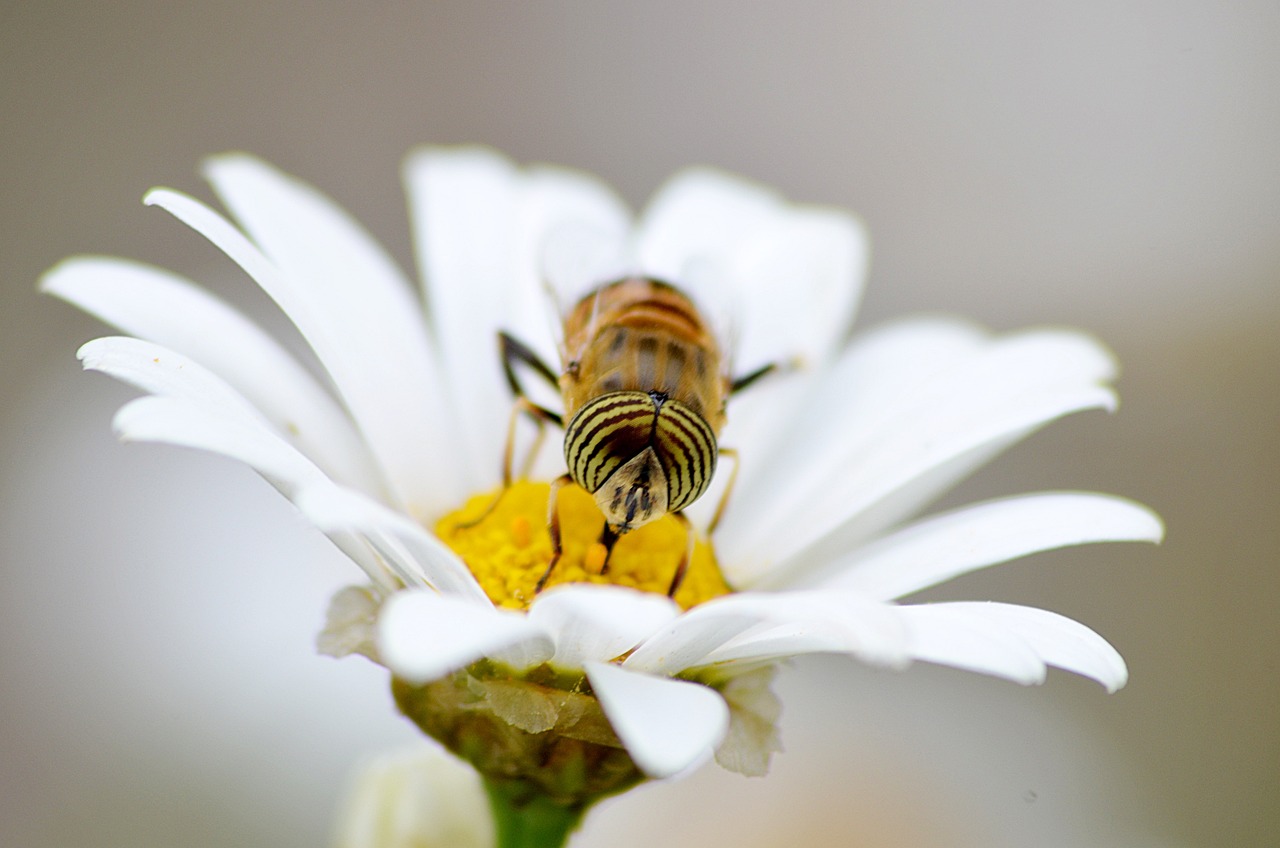
Avoid Chemical Pesticides
Tips and techniques for designing a garden that attracts and supports bee populations, essential for pollination and biodiversity.
Selecting flowers, herbs, and shrubs that provide nectar and pollen for bees throughout the seasons.
When creating a bee-friendly garden, it's crucial to avoid using chemical pesticides that can harm these vital pollinators. Instead, opt for natural and organic pest control methods that protect bees while effectively managing garden pests. By using methods like companion planting, introducing beneficial insects, and practicing crop rotation, you can maintain a healthy garden ecosystem without posing a threat to bees.
Building bee houses, installing bee hotels, and providing suitable nesting sites for solitary bees are great ways to encourage bee populations to thrive in your garden. These habitats offer shelter and protection for bees, ensuring they have safe spaces to rest and reproduce. By incorporating bee-friendly structures into your garden design, you can create a welcoming environment for these essential pollinators.
Setting up shallow dishes or birdbaths with stones for bees to safely drink and collect water is another important aspect of creating a bee-friendly garden. Bees need access to clean water for hydration and regulating the temperature inside their hives. By offering a water source in your garden, you can help bees stay hydrated and healthy, supporting their overall well-being.
Grouping bee-friendly plants together is a smart strategy to create foraging hotspots and make it easier for bees to locate food. Clustering plants that offer nectar and pollen in the same area allows bees to efficiently gather resources without wasting energy searching for scattered blooms. This approach maximizes the foraging efficiency of bees and enhances the overall attractiveness of your garden to these beneficial insects.
Understanding the habits of different bee species is key to designing a garden that caters to their specific needs. Bees have varying preferences when it comes to foraging, nesting, and pollinating. By observing bee behavior and incorporating plants and features that align with their natural tendencies, you can create an environment that supports a diverse range of bee species, promoting biodiversity in your garden.
Ensuring a continuous supply of nectar and pollen is essential for sustaining bee populations throughout the year. By planting a diverse range of flowering plants that bloom at different times, you can provide bees with a reliable food source across seasons. This diversity not only benefits bees but also adds beauty and vibrancy to your garden, creating a visually appealing landscape that supports pollinators.
Collaborating with beekeepers, joining bee-friendly initiatives, and spreading awareness about the importance of bees in the ecosystem are impactful ways to support bee populations beyond your garden. By engaging with local beekeepers, you can learn more about beekeeping practices, contribute to bee conservation efforts, and help safeguard the future of these essential pollinators. Supporting beekeepers also fosters a sense of community around bee advocacy, inspiring others to take action in protecting bees and their habitats.
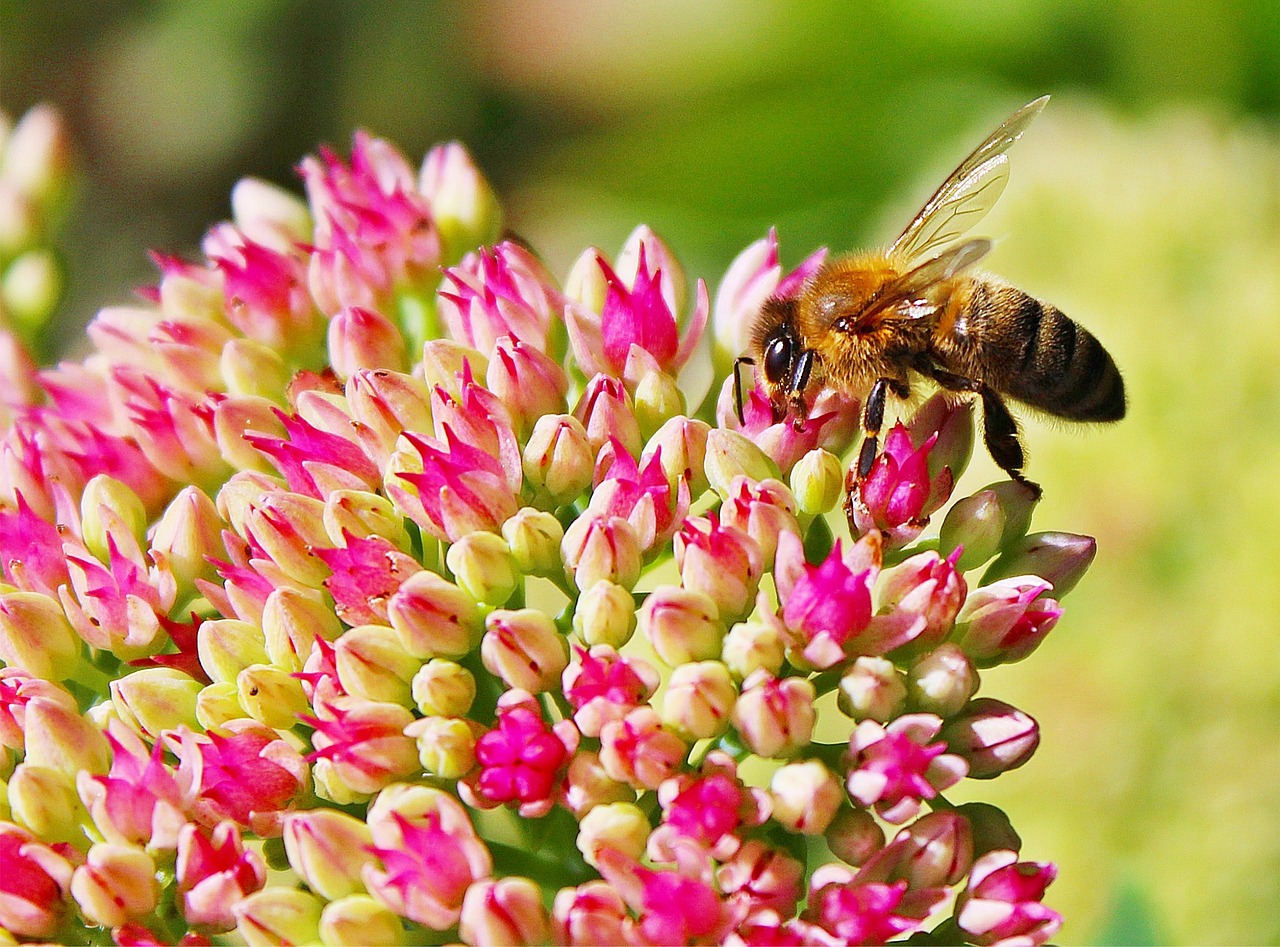
Create Bee Habitats
Tips and techniques for designing a garden that attracts and supports bee populations, essential for pollination and biodiversity.
Selecting flowers, herbs, and shrubs that provide nectar and pollen for bees throughout the seasons.
Exploring natural and organic pest control methods to protect bees from harmful chemicals.
When aiming to create a bee-friendly garden, it is crucial to provide suitable habitats for these essential pollinators. Building bee houses and installing bee hotels are effective ways to offer nesting sites for solitary bees. By incorporating various materials such as bamboo tubes, wood blocks with drilled holes, and straw, you can cater to different bee species and encourage them to thrive in your garden.
Setting up shallow dishes or birdbaths with stones for bees to safely drink and collect water.
Grouping bee-friendly plants together creates foraging hotspots and makes it easier for bees to locate food sources efficiently. This clustering method not only benefits bees but also enhances the visual appeal of your garden by creating vibrant patches of blooming flowers.
Understanding the habits of different bee species is essential for designing a garden that caters to their specific needs. By observing bee behavior, such as preferred flower shapes and colors, you can tailor your plant selection to attract a diverse range of bees to your garden.
Ensuring a continuous supply of nectar and pollen by planting a diverse range of flowering plants. This diversity not only sustains bee populations throughout the seasons but also contributes to the overall health of your garden ecosystem.
Collaborating with beekeepers, joining bee-friendly initiatives, and spreading awareness about the importance of bees in the ecosystem.
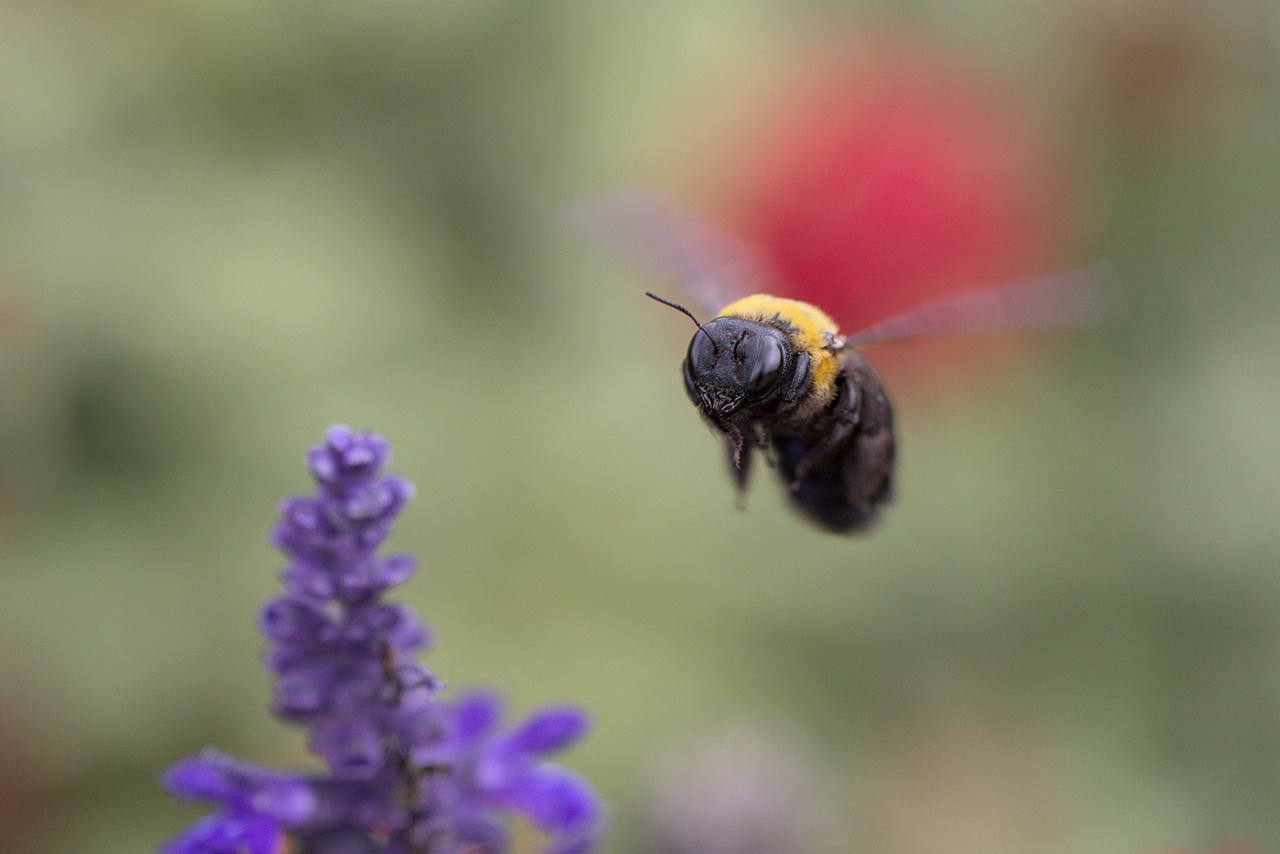
Provide a Water Source
When creating a bee-friendly garden, it's crucial to for these essential pollinators. Bees need water not just for hydration but also for regulating the temperature within their hives and diluting honey to feed larvae. By offering a reliable water source in your garden, you can help support bee populations and contribute to their well-being.
One effective way to provide water for bees is by setting up shallow dishes or birdbaths filled with clean water. Adding some pebbles or stones to the water containers will give bees a safe landing spot to drink without the risk of drowning. It's important to regularly refill these water stations, especially during hot and dry weather when bees require more hydration.
Another creative idea is to create a bee watering station using a shallow tray filled with water and floating cork pieces or sticks. This provides bees with a stable surface to land on while they take a drink. Placing this station near bee-friendly plants will attract more bees to your garden, creating a buzzing oasis for these important pollinators.
Additionally, you can consider installing a mini-pond or a small water feature in your garden. Bees are attracted to the sound of moving water, so a gentle fountain or a dripping system can entice them to visit regularly. Just ensure that the water is clean and free from chemicals to avoid any harm to the bees or other beneficial insects in your garden.
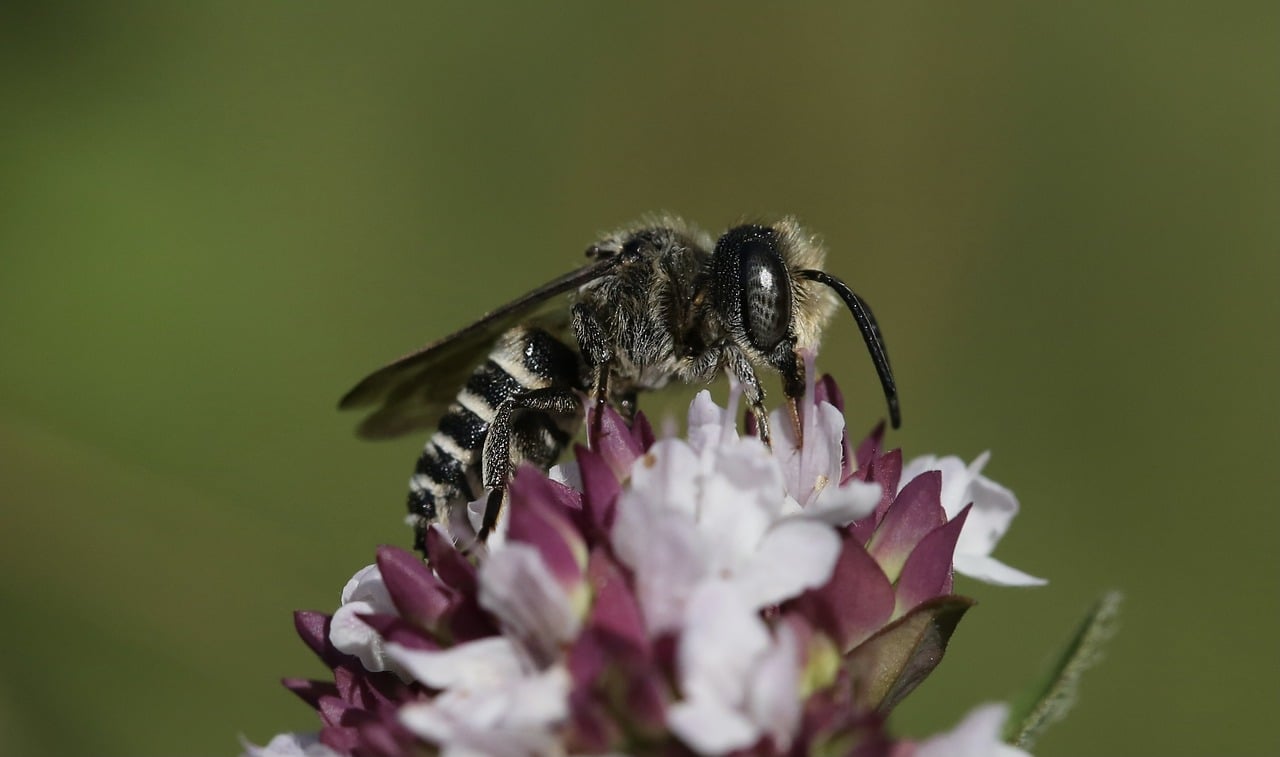
Plant in Clusters
Tips and techniques for designing a garden that attracts and supports bee populations, essential for pollination and biodiversity.
When it comes to creating a bee-friendly garden, one essential strategy is to plant in clusters. Imagine a bustling bee buffet where they can easily spot and access their favorite flowers without wasting energy flying around. By grouping bee-friendly plants together, you create foraging hotspots that not only attract bees but also make their dining experience more efficient.
Think of it as setting up a vibrant food court for bees, with each cluster offering a variety of nectar-rich blooms. This design not only benefits the bees but also adds a visually appealing and dynamic element to your garden landscape.
If we compare it to a scattered grocery store where you need to search for items aisle by aisle, planting in clusters is like having all your favorite foods conveniently located in one section. It's all about making life easier for the bees and enhancing the pollination process in your garden.
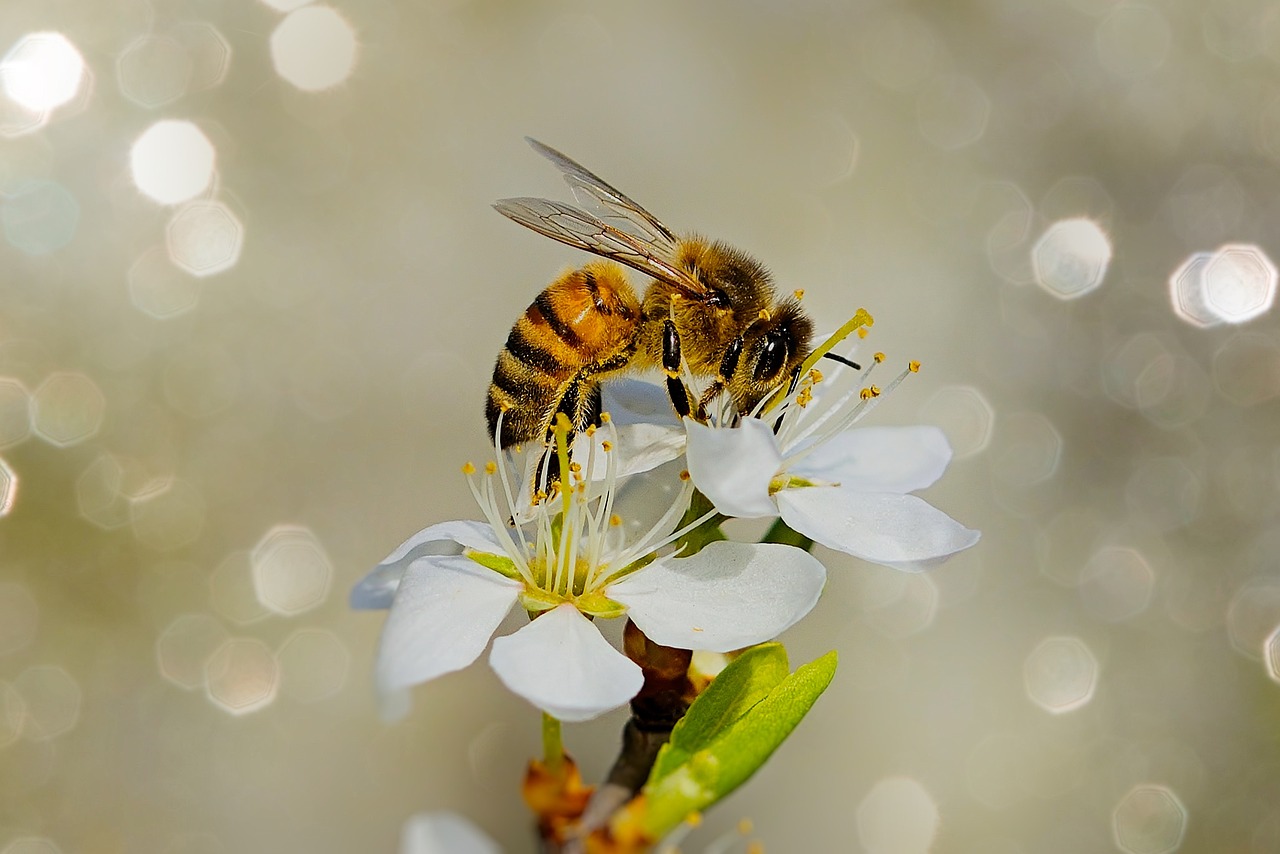
Consider Bee Behavior
When designing a bee-friendly garden, it's crucial to consider the behavior of these important pollinators. Bees are diverse creatures with varying needs and preferences, so understanding their habits can help you create a welcoming environment for them. Different bee species have unique foraging patterns, nesting habits, and preferences when it comes to flowers and habitats.
Some bees are solitary, preferring to nest alone in small tunnels or holes, while others are social and live in colonies. By providing a variety of nesting sites such as bee houses, hollow twigs, or even patches of bare earth, you can cater to the needs of both solitary and social bees. Understanding the nesting behavior of bees can help you create a diverse and inclusive habitat in your garden.
When it comes to foraging, bees have specific preferences for certain types of flowers based on their shape, color, scent, and the amount of nectar and pollen they provide. By planting a mix of flowers in different shapes and colors, you can attract a wide range of bee species to your garden. Bees are also attracted to clusters of the same plant species, making it easier for them to forage efficiently.
Consider the timing of bloom periods as well, as different bee species are active at different times of the year. By planting a variety of flowers that bloom at different times, you can ensure a continuous supply of nectar and pollen throughout the seasons, supporting bees in times of scarcity.
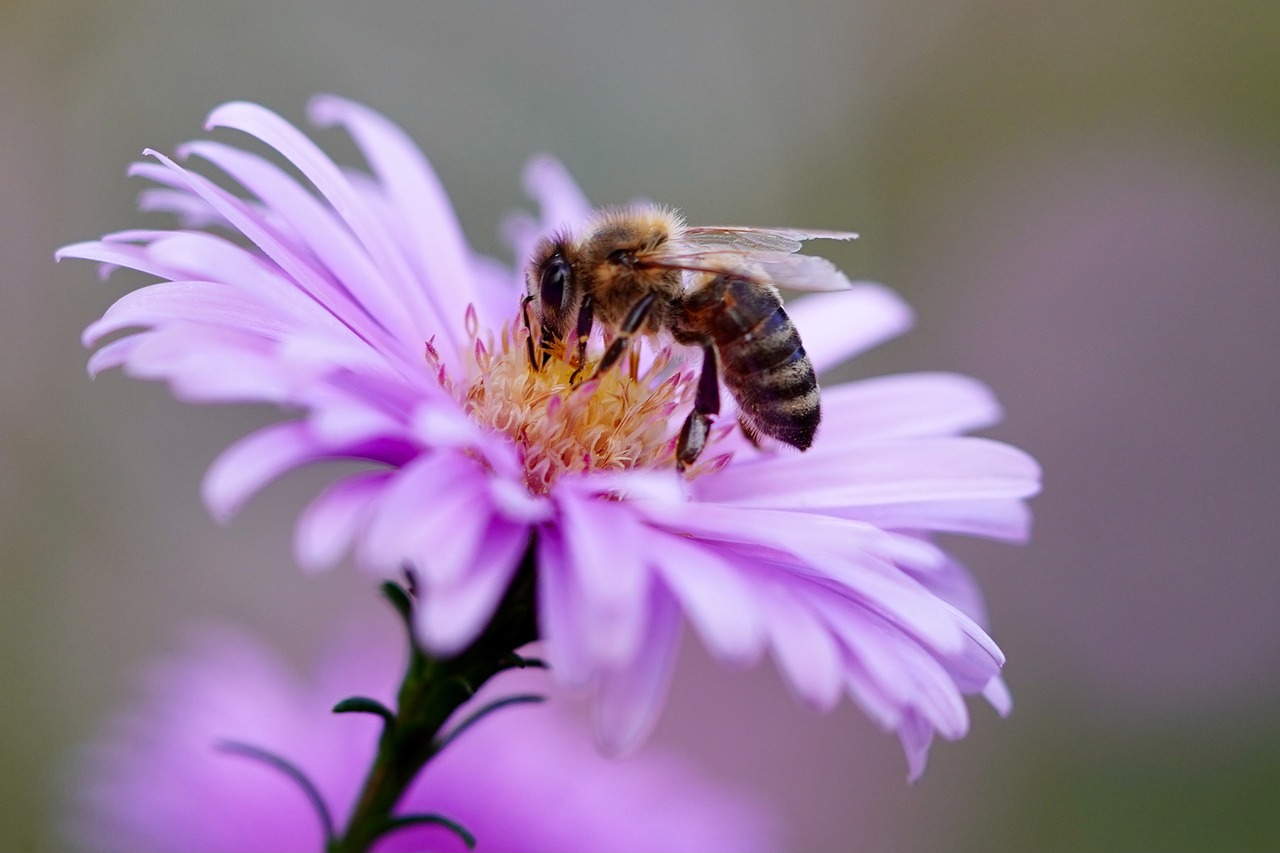
Maintain a Variety of Blooms
Tips and techniques for designing a garden that attracts and supports bee populations, essential for pollination and biodiversity.
Selecting flowers, herbs, and shrubs that provide nectar and pollen for bees throughout the seasons.
Exploring natural and organic pest control methods to protect bees from harmful chemicals.
Building bee houses, installing bee hotels, and providing suitable nesting sites for solitary bees.
Setting up shallow dishes or birdbaths with stones for bees to safely drink and collect water.
Grouping bee-friendly plants together to create foraging hotspots and make it easier for bees to locate food.
Understanding the habits of different bee species to cater to their specific needs in the garden.
Ensuring a continuous supply of nectar and pollen by planting a diverse range of flowering plants. By maintaining a variety of blooms, you provide bees with a rich and varied food source. Different bee species are attracted to different types of flowers, so having a mix of colors, shapes, and bloom times can cater to a wider range of bee species. Imagine your garden as a buffet offering a selection of dishes to satisfy various tastes and preferences, ensuring that bees keep coming back for more.
Collaborating with beekeepers, joining bee-friendly initiatives, and spreading awareness about the importance of bees in the ecosystem.
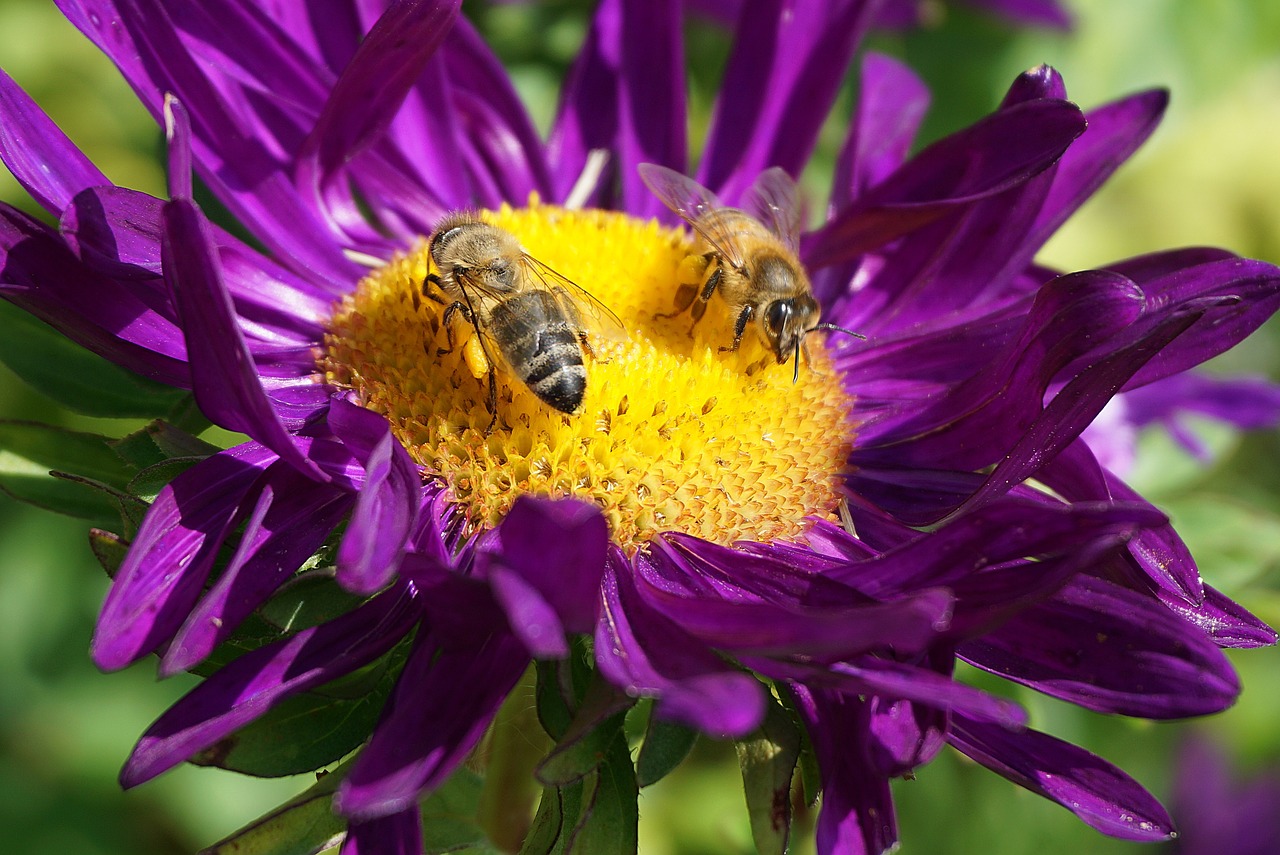
Support Local Beekeepers
Supporting local beekeepers is crucial for the sustainability of bee populations and the environment. By purchasing honey and other bee products from local apiaries, you are directly contributing to the livelihood of beekeepers and the well-being of bees. Local beekeepers play a vital role in pollination and maintaining biodiversity in your area. Additionally, collaborating with beekeepers allows you to learn more about the challenges they face and how you can help protect bees.
Frequently Asked Questions
- What are the benefits of creating a bee-friendly garden?
Creating a bee-friendly garden not only supports the essential process of pollination but also contributes to the overall biodiversity of the ecosystem. By attracting bees, you can enjoy beautiful blooms, increased fruit and vegetable yields, and a healthier environment for all living creatures.
- How can I attract bees to my garden?
To attract bees, you can plant a variety of bee-friendly flowers, herbs, and shrubs that provide nectar and pollen. Avoiding chemical pesticides, providing water sources, and creating suitable habitats like bee houses are also effective ways to invite these important pollinators into your garden.
- What types of plants are best for attracting bees?
Plants such as lavender, sunflowers, bee balm, and coneflowers are popular choices for attracting bees due to their abundant nectar and pollen. Choosing a mix of plants that bloom at different times of the year ensures a continuous food supply for bees.
- How can I support local beekeepers?
You can support local beekeepers by purchasing their honey and beeswax products, learning about beekeeping practices, and spreading awareness about the importance of bees in the ecosystem. Collaborating with beekeepers and participating in bee-friendly initiatives can also help protect bee populations.


